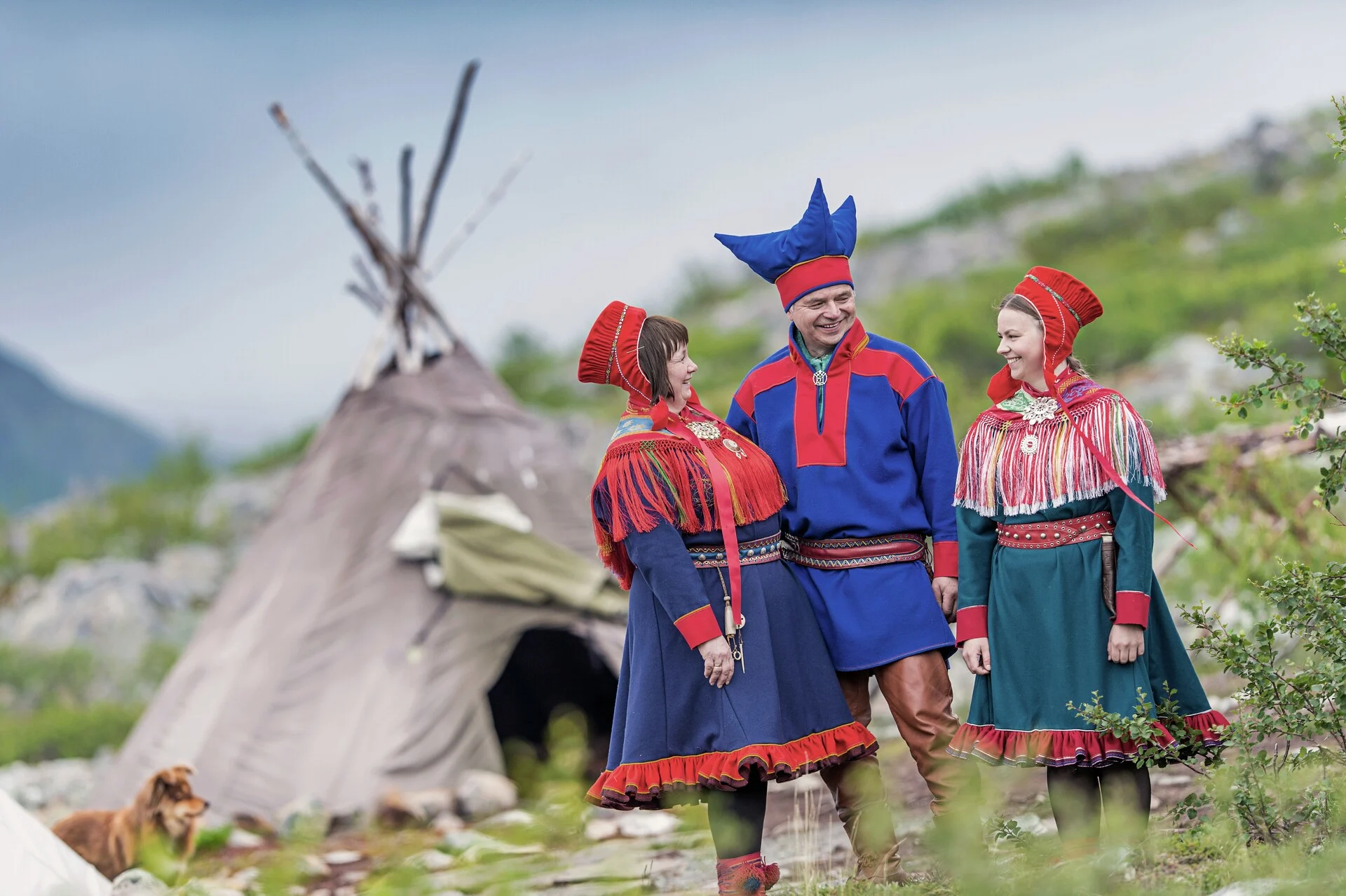movingstarvoices.org – The Sami people are the indigenous inhabitants of the northern regions of Norway, Sweden, Finland, and the Kola Peninsula in Russia. With a rich cultural heritage and a unique way of life, the Sami have lived in harmony with nature for thousands of years, maintaining traditions and customs that are integral to their identity. This article explores the history, culture, and contemporary challenges faced by the Sami people in Norway.
Historical Background
The Sami are believed to have inhabited the northern regions of Scandinavia for over 10,000 years, long before the establishment of modern national borders. Historically, they were nomadic reindeer herders, fishermen, and hunters, adapting to the harsh climates of the Arctic and sub-Arctic regions. Over time, the Sami developed a deep connection with the land, which is reflected in their cultural practices and spiritual beliefs.
Language and Traditions
The Sami people speak several Sami languages, which are part of the Finno-Ugric language family. These languages are distinct from Norwegian and are an essential component of Sami cultural identity. Efforts have been made to preserve and revitalize these languages, which have been threatened by historical assimilation policies.
Sami traditions are rich and varied, encompassing music, art, and storytelling. The joik, a traditional form of song, is a distinctive element of Sami music, characterized by its haunting and melodic tones. Sami handicrafts, known as duodji, include intricately designed clothing, tools, and artwork made from natural materials like reindeer hides, wood, and antlers.
Connection to the Land
The relationship between the Sami people and their environment is central to their way of life. Reindeer herding remains a vital economic and cultural practice, with herders following the migration patterns of their herds across vast territories. This nomadic lifestyle fosters a profound respect for nature and a sustainable approach to resource management.
Contemporary Challenges
The Sami people face numerous challenges in preserving their culture and way of life. Environmental changes, such as climate change and industrial development, pose threats to traditional practices like reindeer herding. Additionally, historical assimilation policies have led to the marginalization of Sami languages and traditions.
In recent years, there has been a growing movement to recognize and respect Sami rights, both culturally and politically. The establishment of the Sami Parliament in Norway in 1989 marked a significant step towards self-determination, allowing the Sami to have a voice in matters that affect their communities.
Sami Cultural Celebrations
Sami National Day, celebrated on February 6th, commemorates the first Sami congress held in 1917. This day is an opportunity to celebrate Sami culture, language, and heritage through various events and activities. Sami Week, held annually in Tromsø, features cultural exhibitions, music performances, and traditional cuisine, highlighting the vibrant and diverse nature of Sami culture.
Conclusion
The Sami people embody a rich cultural heritage that is deeply intertwined with the natural landscapes of Northern Europe. Despite facing numerous challenges, the Sami continue to preserve their traditions and advocate for their rights, contributing to the cultural diversity of Norway and the broader Scandinavian region. Understanding and respecting the Sami culture not only enriches our knowledge of Norway’s history but also emphasizes the importance of indigenous cultures worldwide.
